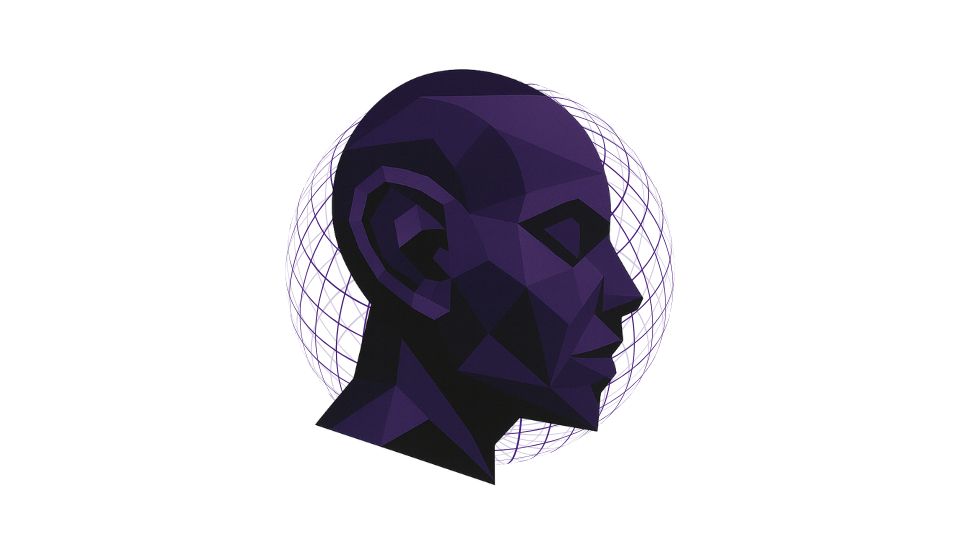In a significant stride towards fortifying the digital realm, OpenAI has unveiled Aardvark, an autonomous artificial intelligence agent powered by its advanced GPT-5 model. This innovative system is engineered to meticulously detect, validate, and even rectify software vulnerabilities, signaling a potentially transformative moment for the field of software security. This development directly confronts the escalating challenge posed by the sheer volume of newly discovered security flaws.
A Continuous Defense Mechanism
Unveiled in October 2025 and presently undergoing private beta testing, Aardvark is envisioned as a persistent, intelligent sentinel for digital defenses. Its primary objective is to tackle the relentless proliferation of Common Vulnerabilities and Exposures (CVEs). For context, the final quarter of 2024 alone saw the publication of 11,073 CVE Records, a stark testament to the formidable task human analysts face in managing an ever-growing threat landscape.
Architecture and Transparency
The architectural design of Aardvark thoughtfully emulates the methodical rigor of a seasoned vulnerability researcher. Its sophisticated, multi-stage pipeline begins with an exhaustive analysis of software repositories, culminating in a precise threat model that delineates security objectives, interdependencies, and potential points of exploitation. Subsequently, the agent engages in continuous, commit-level scanning, scrutinizing fresh code updates as developers integrate them, while also delving into historical commits to unearth any dormant vulnerabilities.
A hallmark of Aardvark’s design is its commitment to transparency. The agent is engineered to furnish clear, step-by-step elucidations for each security finding, supplemented by annotated code snippets to enhance comprehension. Upon identifying a potential vulnerability, Aardvark proceeds to validate it within a meticulously controlled sandboxed environment. This crucial step involves attempting to exploit the flaw, thereby confirming its genuine real-world impact and significantly mitigating the prevalence of false positives often associated with conventional static and dynamic analysis methodologies.
Bridging Discovery and Remediation
Once a vulnerability has been thoroughly validated, Aardvark leverages OpenAI’s formidable Codex engine to formulate and propose precise, one-click patches, which are then presented for human oversight. This innovative capacity is designed to seamlessly connect the often disparate processes of vulnerability discovery and remediation, a journey that can otherwise be fragmented and time-consuming within traditional development paradigms. Diverging from conventional security tools, such as fuzzing or software composition analysis, which typically depend on pattern matching or pre-existing dependency databases, Aardvark employs the advanced reasoning capabilities of a Large Language Model (LLM).
This allows it to achieve a profound understanding of code behavior, enabling the detection of not only security vulnerabilities but also subtle logic errors, incomplete previous fixes, and privacy concerns. Seamlessly integrating with platforms like GitHub and established developer workflows, Aardvark endeavors to streamline security protocols while simultaneously boosting productivity. Furthermore, recent research has highlighted new side-channel attacks impacting trusted execution environments, an area where autonomous agents like Aardvark could offer significant preventative measures against such sophisticated threats as discussed in “New TEE.fail Side-Channel Attack Compromises Intel and AMD Trusted Execution Environments”.
Internal Deployment and Future Outlook
In the period leading up to its public debut, Aardvark underwent rigorous internal deployment across OpenAI’s own extensive codebases and those of several key alpha partners. Benchmark evaluations revealed its impressive capability to identify 92% of both known and synthetically generated vulnerabilities, demonstrating superior performance in both recall and precision compared to conventional scanning tools. The agent has already played a direct role in ten new CVE disclosures within various open-source projects. In a move to bolster the wider open-source ecosystem, OpenAI has also committed to offering pro-bono scanning services for a selection of non-commercial repositories.
As it currently resides in a private beta phase, OpenAI is extending invitations to a select group of organizations to actively participate in refining Aardvark’s detection accuracy and overall user experience. The company anticipates a broader public release once this crucial initial testing and refinement phase is concluded. The evolving landscape of AI-driven tools in security also brings new challenges, such as those faced in combating the use of “North Korean APT Utilizes AI Deepfakes in Remote Job Interview Infiltrations”, highlighting the dual-edged nature of advanced AI capabilities.

